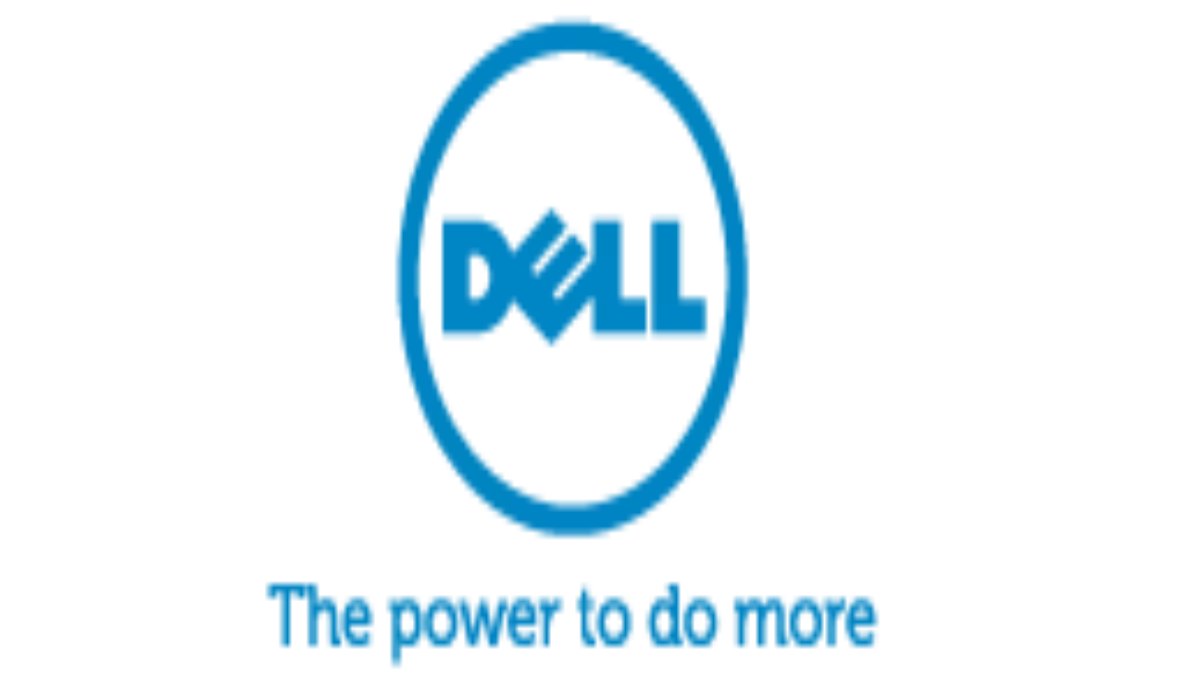
Dell doing the virtual work for Aussie schools
Australian schools are benefitting from the bring your own device (BOYD) program thanks to a helping hand from Dell.
Implementing desktop virtualisation using VMware View 5, the technology giant is meeting the needs of both students and staff, by safely storing data on their internal cloud.
After the Australian government introduced funding for schools in 2008, providing netbooks and ICT equipment, Melbourne's Hampton Park Secondary College looked elsewhere to effectively manage students technology use in and out of the classroom.
Providing education to approximately 1,200 students, Hampton Park struggled with restrictive netbooks and the 1:1 ratio of devices to students.
“Students take the netbooks home so we have no control over what is installed on the machines," says George Mattar, IT manager, Hampton Park Secondary College.
"We needed a smarter and simpler alternative of managing and protecting our school environment.
“If no further funding is provided in four years’ time, realistically we can’t afford to spend several hundreds of thousands of dollars to purchase laptops for students when the existing fleet needs to be renewed."
Dell intervention:
But through the help of Dell, Hampton Park now posses a single integrated platform which delivers a standard operating environment to all students and staff.
Allowing students to access the virtual desktop from any device, the platform also includes school-provided and student owned laptops and tablets, as part of the BOYD program. The solution would meet the needs of the college while keeping students and staff data securely stored on their internal cloud.
“Using Virtual Desktops we protect our environment without having to create a restricted system that limits student learning and exploration,” Mattar says.
“When staff and students log into the virtual desktop and they need a particular application or program, they are assured it will work every time.
"Teachers can focus on their lessons and no longer spend time troubleshooting issues or calling the school’s helpdesk.”
Effectively addressing the real world issue of the risks posed by BYOD implementations, the solution allows students to connect to the school’s network and sign in to the virtual desktop with their username and password.
Dell says devices do not require configuration and the school environment is protected from viruses, spyware and malware through an internal firewall.
With up to 350 students and 200 staff connecting their laptops and devices concurrently to their virtual desktops every period to access a range of applications, a robust storage solution was required and subsequently delivered through Dell EqualLogic storage arrays.
The virtual desktop environment backend is built on Dell PowerEdge M915 blade servers virtualized on VMware vSphere 5.0 software.
Blade servers with 512 gigabyte of RAM and12 Core AMD CPUs power the virtual desktop and additional M915 blade servers with 128 gigabyte of RAM and 12 core AMD CPUs are used to run 60 virtual servers.
Issues such as Hampton Park help highlight the protective nature of Dell ProSupport, with next business day onsite service ensuring support is provided on demand.
“The problems were wide ranging and required us to be constantly in the labs and classrooms reimaging machines, installing fixes, and providing support," Matter says.
"Support is provided on demand and students now come to us directly.
"We can now feasibly administer support to 1,300 students and maintain the backend environment using 66 percent less resources.
"We now have time available to be more proactive in other projects."
For more information click here

